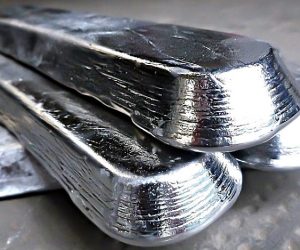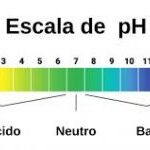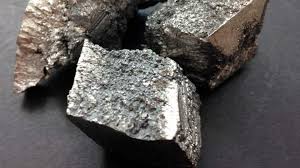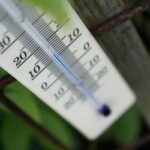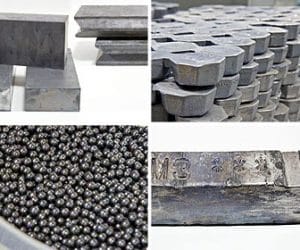
This chemical element, represented by the symbol Pb and whose atomic number is 82, is found in galena, cerussite, carbonate, sulphide and anglesite, but it is rare in the earth’s crust. Strangely, it is found in its elemental state.
Lead belongs to the p group, called that of the metallic elements, located in the periodic table next to the semi-metallic or metalloid elements. It is characterized by low melting points and its softness. In addition, it has both high resistance to atmospheric corrosion and acid attack, which is very useful.
Other characteristics identified in this metal are that it is laminated, solid in its natural form, bluish gray in color and, although stretched by extrusion, minimal amounts of antimony, copper, arsenic and of alkaline earth metals, its level of hardness increases. . It has a density of 11340 kg/m3 and its atomic mass is 207.2 u.
Use of leads

Lead is used in very special cases, those which are difficult to replace or which make it essential, such as the following cases:
- For protection against radiation of any kind.
- For protection on roofs, terraces and against humidity.
- Batteries for traction, military applications, in industries, in solar energy, for security and continuous services, in the automotive industry, among others.
- In surface protection, coatings and also in welding.
- In artistic applications or special glass techniques.
Few quantities of this metal are used commercially. Commercially used minerals may contain 3% lead, but around 10% is regularly used. The ores are concentrated to a lead content of 40% or more before smelting.
Uses of lead in nature
Lead is an abundant metal found in animals, soil, air and plants. Its natural sources are the fumes of volcanoes, the wear of lead deposits, as well as soil erosion.
It is also possible to find it in different thorium and uranium minerals, since it comes directly from radioactive decay.
Types of lead
There are different types of lead, among which we can mention, for example, the so-called short lead, which is the one that is mixed with arsenic. From this crossing a product used for the manufacture of pellets is obtained.
In addition, we can mention lean lead, which contains very low levels of silver, and rich lead, which contains significant levels of silver.
Health effects of lead
Lead is a toxic element. Uses of lead produce poisonings called lead poisoning or plumbosis. When it enters the body through ingested water, it is called water poisoning. Lead poisoning is capable of generating anemia, it also causes brain damage, makes people aggressive due to changes in metabolism, impairs oxygen transport and allows the generation of hallucinations.
Two characters in the story suffered from this disease. They are the Italian painter Caravaggio and the German pianist and composer Ludwig van Beethoven. Additionally, lead increases blood pressure, disrupts the nervous system, decreases male fertility by damaging sperm, can cause miscarriages, and disrupts the behavior of children.
Sources of lead poisoning include toxic irradiation from vehicles and factories, certain paints, cans stored and sealed with lead, and plumbing with lead-containing solder. Lead is among the four metals that cause the most adverse health effects in people. It is able to enter the body 65% through food, 15% through air and 20% through water.
Certain foods such as meat, vegetables, shellfish, fruit or wine may contain large amounts of lead. Smoke from cigarettes also contains small amounts of this metal.


